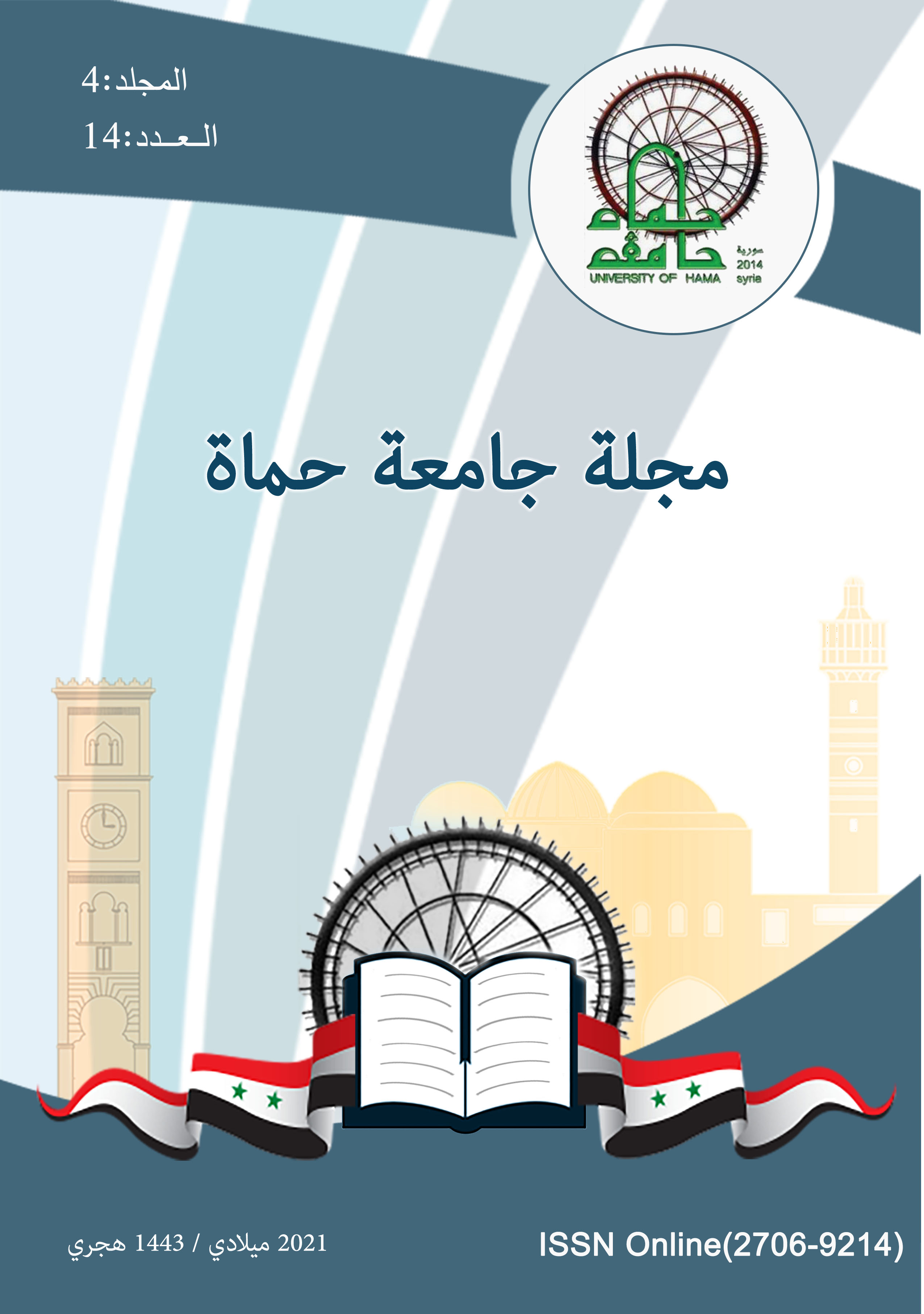Determining the degree of genetic relationship between some genotypes of local wild and cultivated Syrian barley (Hordeum spp.) using the Inter Simple Sequence Repeats (ISSR) technique
الملخص
A molecular study was conducted on a group of tow wild barley varieties (Hordeum spontaneum, H. bulbosum) from four Syrian governorates (Damascus, Damascus Countryside, Tartous, Hama) and Syrian cultivated barley varieties (Arabi aswad, Arabi abiad, Furat 3, Furat 6, Furat 7, Furat. 9) It was obtained from the General Commission for Agricultural Scientific Research (GCSAR), also genotypes of cultivated barley were collected in the governorates (Tartous, Hama) for a genetically compared with previous varieties, where all these varieties and genotypes were collected during the agricultural season (2018-2019). The genetic Dendrogram was drawn between the studied taxa using the results obtained from the genetic variance analysis using the Inter Simple Sequence Repeats technique (ISSR) with 16 primers, then the molecular weights of the resulting DNA fragments were used in preparing the appropriate tables for the analysis and calculating the value of the Polymorphism Information Content (PIC). The study showed that 14 of the used primers gave amplification products in the polymerase chain reaction and resulted in their use 94 bands, as well as gave a polymorphic percentage 85.1%, and the number of bands per primer ranged between one band with the prefix (ISSR13) and ten bands with the primers (ISSR1, ISSR3, ISSR6, ISSR11) with an average of 6.7 bands per primer , The percentage for polymorphism was lowest with primer (ISSR5) by 62.7% and largest with primers (ISSR7-ISSR9-ISSR10-ISSR11-ISSR13-ISSR14) at 100%. it was found that the lowest percent disagreement values (PDV) were 0.1542 between the two genotypes (Hama cultivated, Hama H. bulbosum) and this indicates that they have a large degree of genetic affinity, while the highest value was 0.5025 between the two genotypes (Arabi aswad, Damascus H. spontaneum) and (Tartous H. bulbosum, Damascus Countryside H. spontaneum), indicating the existence of great genetic variation between them


